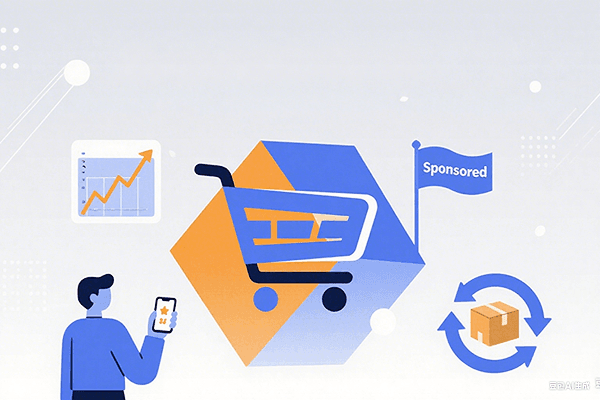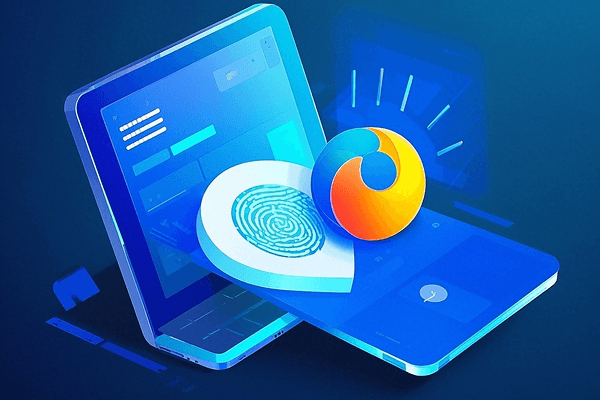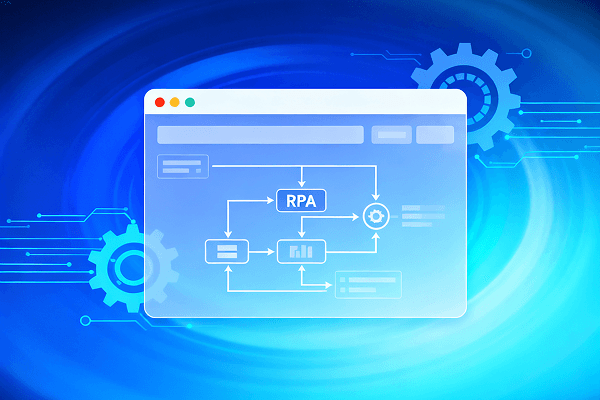
Hot Picks
How to run Facebook ads in 2025? Ideas

Hot Picks
How to promote on Amazon? Sharing various promotion methods

Hot Picks
Choose BitBrowser for fingerprint browsers, and look for the only official website: bitbrowser.cn
What is the use of browser data capture? How to use fingerprint browser data capture?
Time: 2024-08-28 18:21 Click:

Web scraping is a key technology in the field of Internet data collection. It has been emerging since the birth of the World Wide Web, but it has only attracted widespread public attention in recent years, fully demonstrating its extraordinary value. In short, web scraping is an automated process whose goal is to systematically collect data from public resources on the Internet. The effectiveness of this process depends on three core criteria: whether the data exists, whether it is accessible online, and whether it is public.
1. How Web Scraping Works
The essence of web scraping can be regarded as a highly intelligent "copy and paste" action, but its efficiency, scalability and cost-effectiveness far exceed traditional methods. During operation, an automated script will traverse a series of URLs in sequence, download the web page content one by one, and temporarily store it in the local system. Then, the script will use search algorithms to filter out the required information from the collected data, and finally organize the information and output it to a specific file or database.
Although there are differences in different implementation methods, the core concept of web scraping remains consistent. Some methods focus on fine-grained management of URL lists, in-depth browsing of multiple pages, and complete preservation of HTML code; while others prefer to parse HTML directly during data crawling to reduce memory usage. Regardless of which method is used, web crawlers are like tireless explorers, searching for valuable information in the vast ocean of the Internet.
It is worth noting that web crawlers are essentially no different from ordinary Internet users when browsing websites, and some crawlers even load pages through browsers. However, in order to improve efficiency and save computing resources, most modern crawlers choose to send HTTP requests directly to websites, receive and process response content, without rendering any content on the screen.
2. Difficulties and solutions for web crawling
A major challenge facing web crawling is the complexity and variability of the HTML format. HTML was originally designed to display content in browsers, not to facilitate data analysis. Therefore, the data collected by crawlers often contains a lot of redundant and useless information. To solve this problem, parser tools came into being. Parsers can convert unstructured HTML data into a structured format, making it easier for humans or software to understand and process.
To further protect the identity of the crawler from being revealed, BitBrowser provides the function of masking IP addresses. It uses proxy servers and VPNs to rotate IPs, ensuring that different IP addresses are used each time the crawler is crawled, thereby increasing anonymity and security. BitBrowser can make it impossible for websites to accurately read the fingerprint information of the crawler, further enhancing the anti-detection effect.
3. Application scenarios of web crawling
The application fields of web crawling are extremely wide, covering almost all fields that need to be data-driven. The following are several representative application scenarios:
1. Dynamic pricing: E-commerce giants and travel ticketing platforms use web crawlers to continuously monitor the product prices of competitors, thereby implementing dynamic pricing strategies. By adjusting prices in real time, these companies can gain an advantage in the fierce market competition.
2. Professional data collection: Social media platforms are an important source of corporate information. By crawling data on social media, companies can conduct potential customer analysis, employee turnover monitoring, and competitor product performance evaluation.
3. Alternative data collection: With the advent of the big data era, alternative data has gradually become an important basis for corporate decision-making. Web crawling technology enables companies to quickly collect data from multiple sources, providing strong support for investment decisions, market forecasts, etc.
4. Geographically sensitive data acquisition: For companies that need to obtain data in specific regions, residential IP proxies have become an indispensable tool. By simulating the network environment of real users, companies can bypass geographical restrictions and obtain more accurate and comprehensive data.
Summary:
As an efficient and flexible way of data collection, web crawling is gradually changing the operating model and decision-making method of companies. With the continuous advancement of technology and the continuous expansion of application scenarios, the future of web scraping will surely be brighter and more glorious.

 Multi-Account Management
Multi-Account Management Prevent Account Association
Prevent Account Association Multi-Employee Management
Multi-Employee Management



